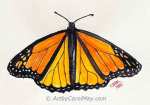- Home
- Begin Watercolor
watercolor for beginners doesn't have to be scary, it's easy
-
First start with the basics of watercolor for beginners.
- Then paint a Rufous Hummingbird with the step by step tutorial.
- You can confidently learn how to paint with watercolors.
Didn't I use watercolor paint in grade school?
Many of us probably did paint with watercolors in school.
Watercolor is a clean, convenient paint we can use to create any picture we can imagine. And it's easy to clean-up with water.
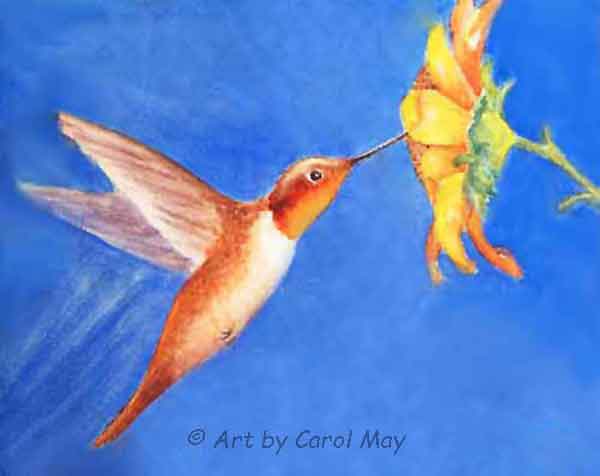 Learning about watercolors
Learning about watercolorsHow do we use water colors?
All we have to do is dip our brush into clean water and then dip the brush into a color. We do not have to mix or add anything to the watercolors - just water.
Keep a container of water handy for painting and washing the brushes.
We mix our colors on a palette or plate. The more water we add, the lighter the colors will be. If we want intense colors, we use less water with more paint.
Watercolor is painted from light to dark.
Paint the light colors first. Then, as the painting progress paint the darker parts. Why do we do that?
Most watercolor paints are transparent, so a light colors are not able to cover the dark colors. Even if we use opaque colors, when they are mixed with water, they will not cover dark colors sufficiently.
That makes sense doesn't? It's easy to paint watercolor.
What does Wikipedia say about Watercolor Painting?
What are the best watercolor paints?
Watercolor paint comes in two different forms.
tube watercolor
Tube watercolors have some glycerin added to keep the paint flexible. Any size brush may be used with tube watercolors.
Tube watercolors are my chosen watercolor paint. We get more intense, vibrant colors with tube watercolors.
pan watercolor
Pan watercolors are pressed into cubes, dried and usually placed in a container with a lid. When we want to use pan watercolors, rub a wet brush on the selected color cube.
The brushes used on pan watercolors wear out faster from all the rubbing. We are limited to using small brushes because a large brush will over-lap into the adjoining pan colors.
Pan watercolors an easy watercolor for beginners. Also, they are very handy for travel and painting in the field.
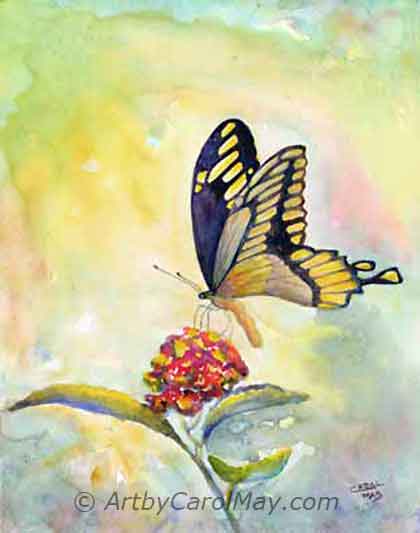 You can paint watercolor!
You can paint watercolor!what colors should we use?
Start with the three primary colors, red, yellow and blue. A warm and cool version of each gives us flexibility for mixing more colors.
- Red, Cadmium Red (warm red) and Permanent Rose (cool red)
- Yellow, New Gamboge or Cadmium Yellow Light (warm yellow) and Lemon Yellow (cool yellow)
- Blue, Ultramarine Blue (warm blue) and Phthalocyanine Blue (Thalo Blue for short, is a cool blue)
See my recommended colors of an extended palette of 12 colors.
What do we paint watercolor on?
- Watercolor is traditionally painted on 100% cotton rag paper.
Cold-pressed watercolor paper is easier to use than hot-pressed paper. The most common weight is 140# paper.
This is a good paper to use for beginning with watercolor. It needs to be stretched, otherwise it will buckle when we put water on it.
Watercolor paper in a block has the sides of the paper fastened down to prevent buckling. After the painting is complete and dry, remove the single sheet from the block.
Watercolor paintings on paper must be matted and framed under glass.
Can we paint watercolor on canvas?
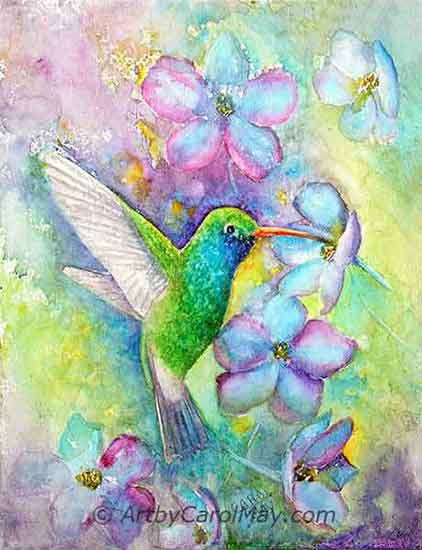 Watercolor painting on canvas
Watercolor painting on canvasYes, watercolor may be painted on canvas. But, only use canvas specifically labeled for watercolor.
Before using canvas, brush a good bit of water on the canvas to break the surface tension of the canvas.
Otherwise the paint just tends to slide around.
Let the water soak away before starting the painting.
When the painting is finished, seal the dry painting with a spray fixative.
Watercolor for beginners is much easier, if the painting is done on paper or a prepared panel.
what are watercolor panels?
- Hardboard panels made for watercolor are my favorites. Almost all of my watercolor paintings are done on Aquabord made by Ampersand.
When the painting is dry, spray it with Krylon fixative. The finished painting is framed without a mat or glass.
Aquabord makes watercolor for beginners easier because mistakes can be removed. Mistakes are more difficult to remove from paper.
what brushes do we use for watercolor?
Watercolor painting requires soft brushes made out of either animal hair or a soft synthetic fiber.
We can do all our watercolor painting with just two or three brushes.
- #7 or #8 round brush is a good all-around brush
- 1" flat brush used to wash in large areas
- Optional a 1/2" angle brush for straight edges and fine lines
The watercolor brushes I have been using for around twenty years have never seen soap. I just swish them around in water, shake them to make them point up. Then blot the excess water away and lay them down flat to dry.
let's start painting watercolor
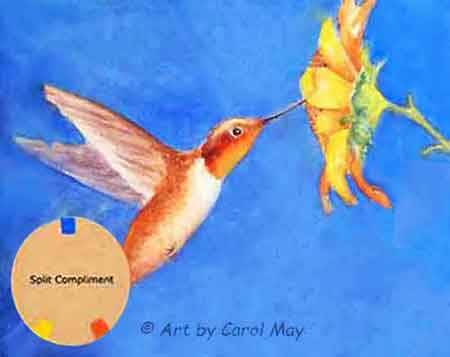 Split Compliment painting color scheme
Split Compliment painting color schemeIt's great to read about watercolor, but doing is
learning.
This demo is on an 8x10 Aquabord panel. It certainly may painted on watercolor paper.
This painting uses a split compliment color scheme of only 3 colors.
- Use any blue of your choice.
- An orange like Quinacridone Sienna or Burnt Sienna
- A yellow; Lemon Yellow, Cadmium Yellow or New Gamboge
Using a limited number of colors automatically creates color harmony.
keep the colors clean
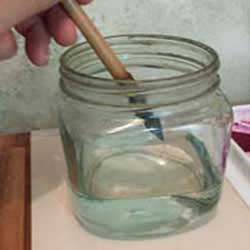 Keep your colors clean!
Keep your colors clean!- This is important when learning how to use watercolor. Use a container of clean water to wash the brushes.
We want the colors in the wells to remain clean and pure. So we do all the mixing in the center of the palette.
Never put a brush with one color on it into the well of a different color. Clean the brush with water between colors.
Blot the excess water out of the clean brush on a paper towel, rag or sponge kept next to the water container.
painting watercolor for beginners
Sketch out the hummingbird. Then transfer the drawing to your painting surface with graphite paper.
People good at drawing can draw the hummer directly on the painting surface. But be aware that erasures can damage watercolor paper.
paint the hummingbird's throat
The light source in this painting is coming from the right. We will be painting the hummingbird with a #7 round watercolor brush. The background is done with a flat brush.
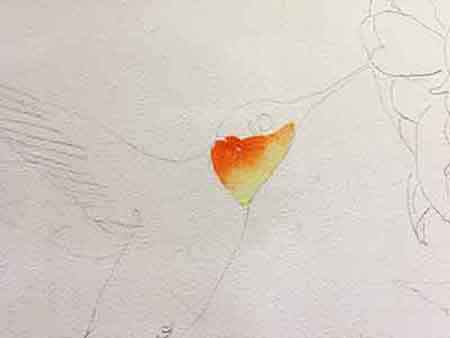 Paint the throat
Paint the throatUsing the round watercolor brush, prewet the throat area.
Paint a pale yellow on the side toward the light.
While the yellow is still wet, put orange on the opposite side.
Allow the two colors to mingle together.
Watching the beautiful colors flowing together is one of the joys of painting watercolor.
paint the body
Wet the body with clean water from your brush. The wet area will have a sheen.
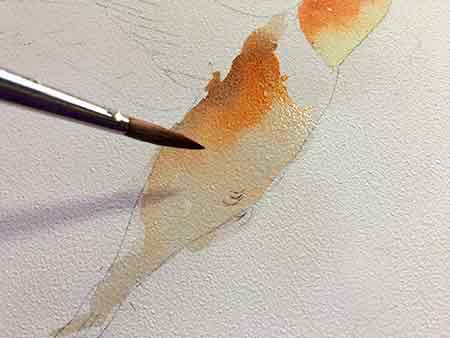 Paint the hummingbird's body.
Paint the hummingbird's body.The paint will spread into the wet
areas. This is a basic technique of watercolor for beginners.
Mix blue and orange to make brown to
paint the areas on the shadow side. Add plenty of water to make the light brown.
As we paint toward the light, keep adding more orange.
Leave the area between the throat and body
white. Don't wet this area so the body paint won't flow into it.
paint the wings
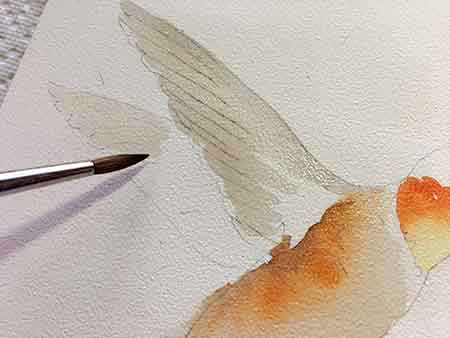 Painting the wings
Painting the wingsMix a very light grey-brown with the orange and blue.
Use more water to make it a light color.
Paint the forward wing.
Colors get lighter and cooler, as they go into the distance.
Add a bit more blue to make the color greyer to make the back wing look farther away.
now the head
Mix a tiny bit of blue with the orange to get an orange-brown.
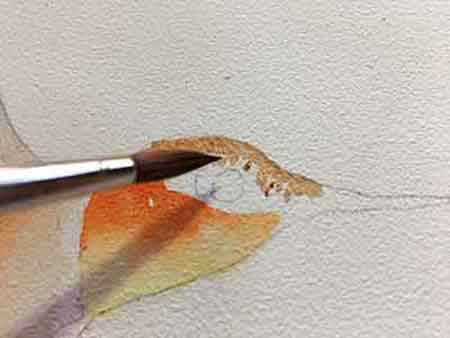 Paint the head with stippling strokes.
Paint the head with stippling strokes.Paint the top of the hummer's head with the brush tip.
This leaves stippling marks to simulate the short feathers.
Leave the eye, around and behind the eye white.
Leaving the white paper is another technique of learning watercolor for beginners.
There is no white watercolor paint, so we use the white of the paper.
Get more information about saving the whites in watercolor.
paint the eye, beak and feet
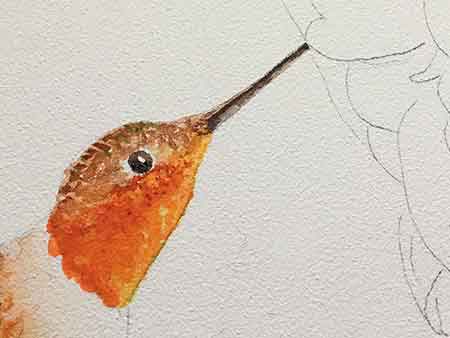 Mix a dark color for the eye, beak and feet.
Mix a dark color for the eye, beak and feet.Add more blue to your blue and orange mixture to make a black.
Color mixing is a big part of beginning watercolor.
Paint the eye leaving a white highlight. Leave the white spot behind the eye.
Paint the beak with one dark line down the center.
Then put a lighter dark on the outside edges that catch the light.
Paint the little dark feet with the same mixture.
painting the flower
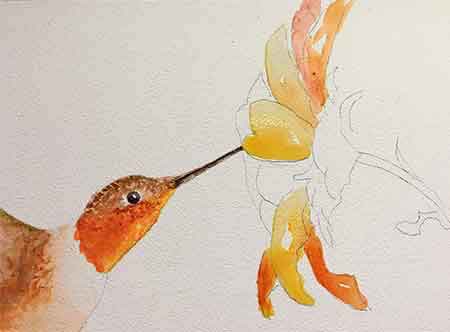 Paint the flower petals.
Paint the flower petals.Freely paint the flower petals. Use a variety of oranges and yellow.
Leave some white spaces for a little spark.
On some petals, put paint on one end of the petal.
Rinse the brush, then use the damp brush to pull the color toward the other end of the petal.
This makes the petal color go from full color to lighter and lighter. This is a great watercolor technique for beginners to master.
paint the green flower parts
Mix a variety of greens from your blue and yellow.
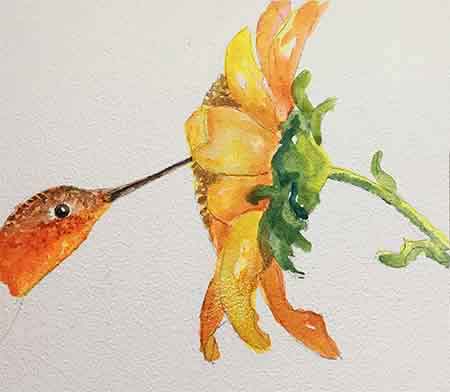 Paint the green sepals and stem.
Paint the green sepals and stem.Add more yellow for the green toward the light.
More blue makes a darker green for the underside of the stem and other areas away from the light.
Paint the yellow-green parts first. Then paint the darker green areas.
Paint the center of the flower with a variety of brown, orange and yellow.
Stipple with the end of the brush to portray the stamens in the center of the daisy.
paint the background
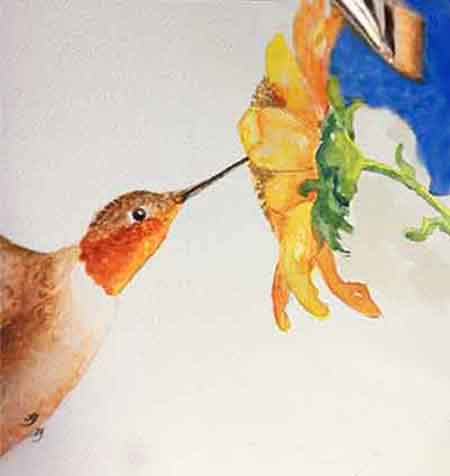 Paint the background.
Paint the background.Using a flat brush, dampen the background area with clean water.
Do one area at a time, so the forward painting edge stays damp to prevent a hard edge.
It seems to work the best to not prewet right up to the edge of the bird or flower.
Paint right next to the bird and flower when you are painting on the background color.
If you prewet right up next to them, it makes the color pool up against their dry edge.
Make some marks behind the bird to simulate flight movement.
watercolor is fun!

Go over the hummingbird again and darken and brighten any colors where you think it needs it.
Do any needed adjustment on the flower petals.
Where a petal is overlapped by a petal next-door, darken the petal behind.
This makes one petal look behind the another petal.
Now it's your turn.
Painting is so much fun! Watercolor for beginners is not hard. There are no mistakes that can't be fixed.
If we make a mistake, use a damp brush to put some water on the mistake. Rub it a bit with a brush and blot the loose color off with a paper towel. Repeat as necessary. It's that easy!
jump in and go for it!
Recent Articles
-
Learning to Paint
Mar 29, 24 12:00 PM
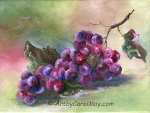 Learning to paint is fun! Millions of people are painting and you can too!
Use these five easy things to jump start your painting journey.
Learning to paint is fun! Millions of people are painting and you can too!
Use these five easy things to jump start your painting journey. -
Easy Butterfly Painting: Watercolor Monarch Step-by-Step Tutorial
Mar 25, 24 03:39 PM
Get creative with an easy butterfly painting tutorial. Discover the joy of drawing and painting a vibrant Monarch Butterfly with simple watercolor techniques. -
Overcoming an Artist's Block
Mar 15, 24 12:00 PM
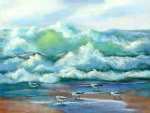 How to survive an artist's block. All artists can have blocks or delays, but we get over it.
What is an art block? How do we get started painting again?
How to survive an artist's block. All artists can have blocks or delays, but we get over it.
What is an art block? How do we get started painting again? -
Bird Paintings
Mar 03, 24 09:11 AM
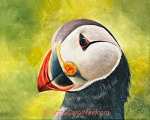 A captivating tribute to our feathered friends.
A captivating tribute to our feathered friends.
The amazing diversity and beauty of birds comes alive with watercolor and oil paintings of birds.
Get inspired to paint the birds you see or simply enjoy…
Recent Articles
-
Learning to Paint
 Learning to paint is fun! Millions of people are painting and you can too!
Use these five easy things to jump start your painting journey.
Learning to paint is fun! Millions of people are painting and you can too!
Use these five easy things to jump start your painting journey. -
Easy Butterfly Painting: Watercolor Monarch Step-by-Step Tutorial
Get creative with an easy butterfly painting tutorial. Discover the joy of drawing and painting a vibrant Monarch Butterfly with simple watercolor techniques. -
Overcoming an Artist's Block
 How to survive an artist's block. All artists can have blocks or delays, but we get over it.
What is an art block? How do we get started painting again?
How to survive an artist's block. All artists can have blocks or delays, but we get over it.
What is an art block? How do we get started painting again? -
Bird Paintings
 A captivating tribute to our feathered friends.
A captivating tribute to our feathered friends.
The amazing diversity and beauty of birds comes alive with watercolor and oil paintings of birds.
Get inspired to paint the birds you see or simply enjoy…




